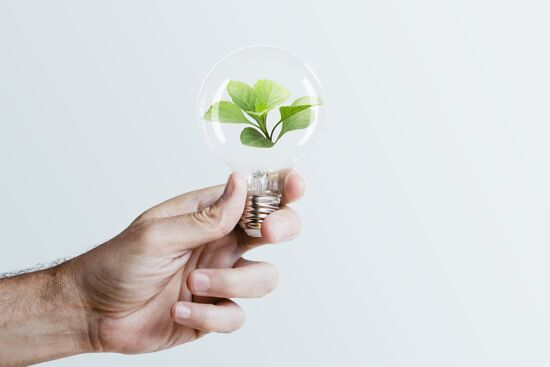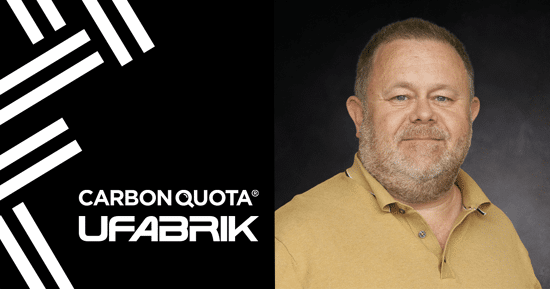How to start your journey in sustainability

Laurel Brunner shares some basic steps of what printers can do to begin their journey in sustainability. These steps focus on conserving resources and minimising waste.
The basics of what companies in the printing and publishing sectors should be doing to be more sustainable are really not that hard. They’re common sense in many ways, because they are about conserving resources and minimising waste. But they can be easy to overlook if the whole topic seems to overwhelm you, so we’ve been thinking it might be handy to give printing companies some hints to follow. The following ideas should be helpful if you want some quick sustainability wins. Clearly there are plenty of people out there willing to come in and give you the low down, but that’s likely to involve a fee. Why not try out some of these free suggestions instead? Let us know how you get on.
Take a long hard look at your prepress set up to work out what your error rates are. If you’ve got lots of reworking to do, it might be because your customers have no idea how to set up their PDFs. If you’ve not reviewed this for a while it might save you some time and energy to provide customers with updated guidance. Check out your colour management processes while you are at it. Waste on press can be controlled via setup controls and makeready efficiencies before data reaches plate or press.
Are your offices overheated or too cool? Consider cutting your energy emissions with a slight adjustment to the thermostat. You’ll never get this perfect for all employees, but it is worth a try. Encourage people to use natural light as much as possible and to turn off lights when leaving rooms. According to the United Nations buildings account for 21% of total greenhouse gas emissions. Improving energy efficiency by upgrading your kit might be less traumatic than you think, so it is worth a conversation with your equipment providers.
Single use plastics are banned in the European Union, but if you are in another geography consider doing the same for your patch no matter how small. Using nonplastic alternatives or even reusable materials wherever possible makes a huge difference to the amount of waste your business generates. In kitchens and canteens encourage your staff to minimise food waste wherever possible; smaller portions avoids excess waste and is probably good for peoples’ wastelines.
Set up recycling bins for paper, metal and glass and get a deal with local waste handlers for regular collections. They might even pay you for your waste, if it is clean enough. Your staff will have loads of ideas, so make it easy for them to share them. A suggestion box can work, but it’s more effective to make sustainability ideas a standing item on your management meetings. Make sure you summarise action items and put deadlines on them so that you can measure your progress over time.
Cover photo by Pixabay
Recent news

Kodak's 2024 Sustainability Report: A Commitment to a Greener Future
Kodak's 2024 Sustainability Report, "One World, One Kodak," demonstrates a strong commitment to environmental and social responsibility. The report highlights impressive reductions in greenhouse gas emissions (56%) and water withdrawal (31%) and aims for zero waste by 2025. Notably, Kodak is pioneering double materiality assessment in the printing industry, aligning sustainability with financial reporting, and showcasing its products' environmental benefits.

How can printers lower costs on energy usage?
Clare Taylor outlines simple steps for businesses to achieve energy sustainability, focusing on cost savings and staff comfort. It emphasises starting with measuring energy consumption to identify key areas for improvement. Subsequent steps involve managing energy use through behavioral changes and low-cost interventions, like optimizing cooling settings and ensuring equipment is switched off when not needed.

The European Union's circular economy plan
Printing companies must understand the EU's Circular Economy Action Plan (CEAP), part of the European Green Deal. These initiatives drive sustainability, impacting businesses globally, even if not EU-based, through customer requirements. Printers need to be aware of reporting and sustainability expectations to manage risks and retain clients.

A revised look at sustainability in wide format print
Sustainability is crucial for wide-format print, moving beyond marketing to an imperative driven by brands and regulations. Common "eco" claims often mask complexities; true sustainability demands carbon reduction as a core principle. Life Cycle Assessment (LCA) offers data-driven insights for genuine environmental improvement, as demonstrated by UFABRIK's transparent approach.